At what freq does it use for measuring?
Auto and manual: DC, 1kHz, 15kHz, 200kHz.
https://www.peakelec.co.uk/acatalog/lcr45-lcr-impedance-meter.html
At what freq does it use for measuring?
Many items are fake.
PS audio years ago had massive fake power cords
Paul went nuts trying to help owners or customers looking to buy them
capacitors are a big problem too fake names
Even cans having not even close to spec caps inside the cans
imagine that.
there was a cable show called bullshit
we audio folk would need a multiple season to get close to the level of fake or just plain impossible
we get cheated on many levels
maybe jays lab can narrate a few episodes for us
That's a big problem in the very small but enthusiastic electrostatic headphone community (Stax). The DIY community has produced some very high-end direct drive (no step-up transformers) amplifier designs which all rely on high voltage transistors. By the time a design had been implemented by builders, the specific transistors used would often be out of production. Then a new version comes out with currently available transistors, but soon THOSE go OOP, rinse and repeat. Sonically, the specific transistors used makes as much difference as rolling tubes, maybe more. Even the tube based amp designs still used LOTS of these transistors for CCS (hybrid amps). So the best amps out there for this application now use obsolete silicon. Because it was all (very) small DIY builders, nobody had a large enough stockpile to go around. When you go to source these transistors, there is a VERY high chance you will encounter counterfeits. And at such high voltages (these amps all run +/-400 to +/-500 Volt rails), the stakes are high!The more terrible problem is vintage transistors - they must be tested before being used in repairs. For some power transistors the best way is asking your dentist to take an X-ray of them!
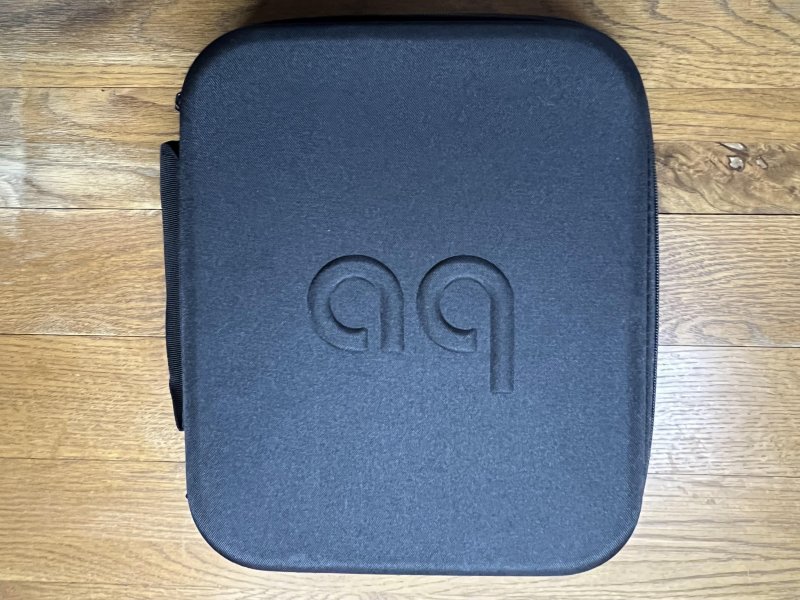
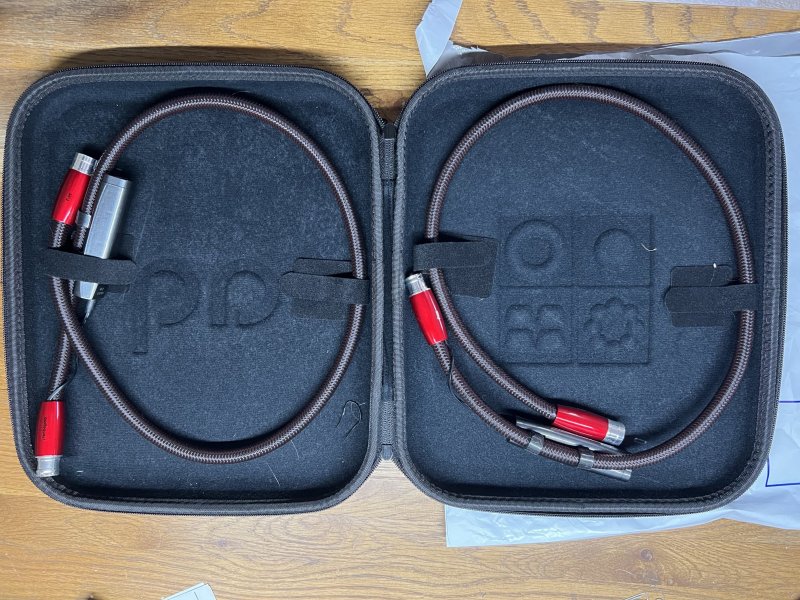
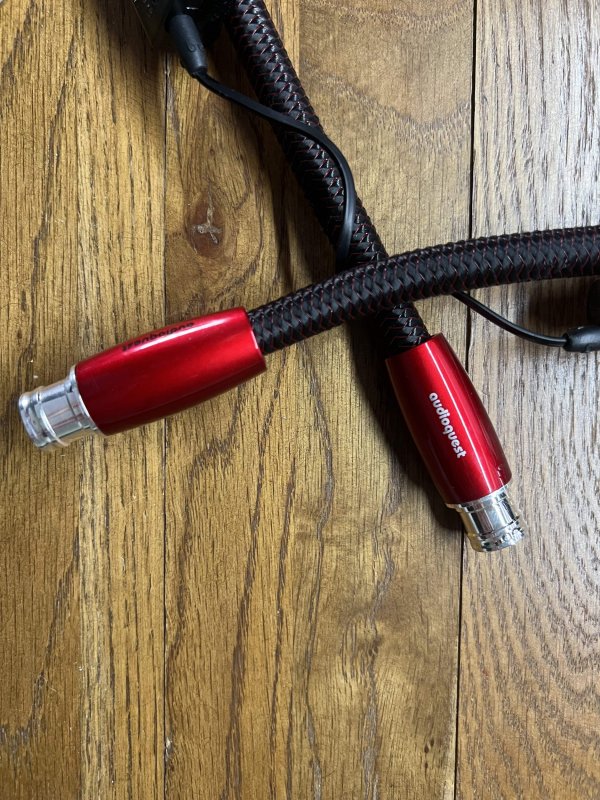
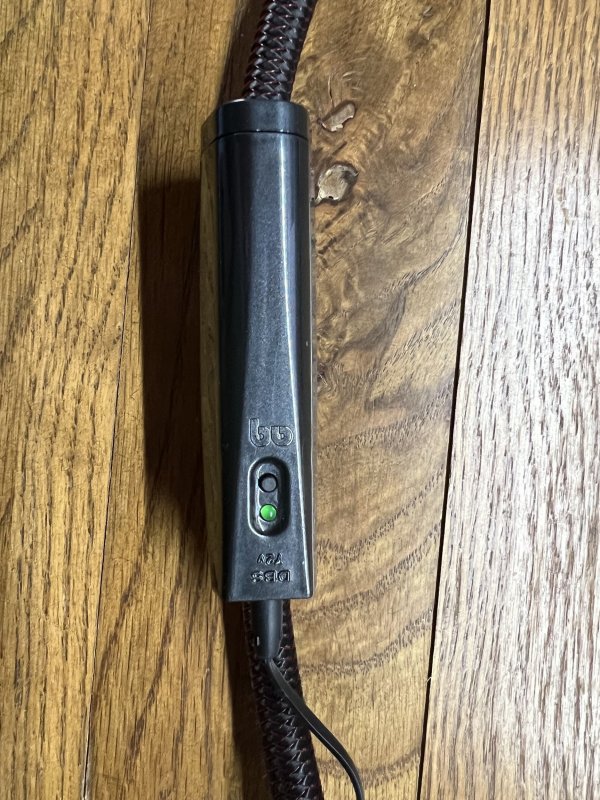
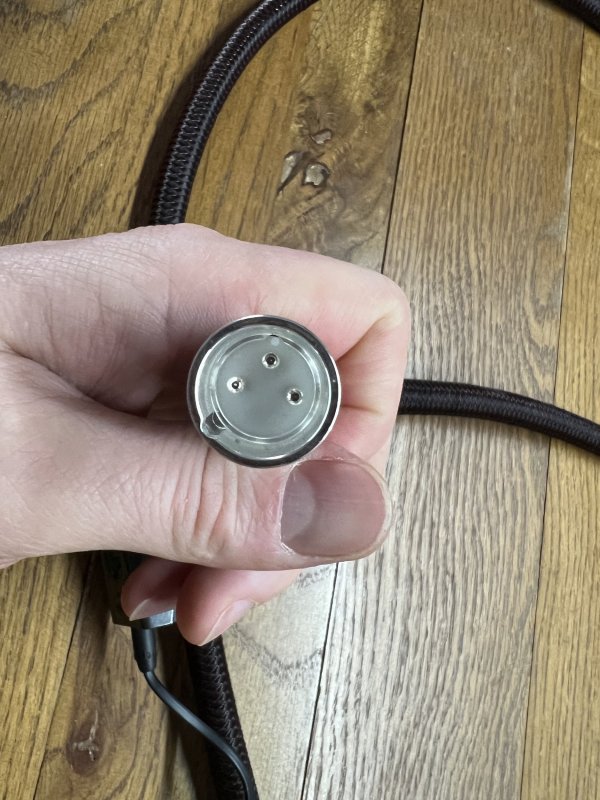
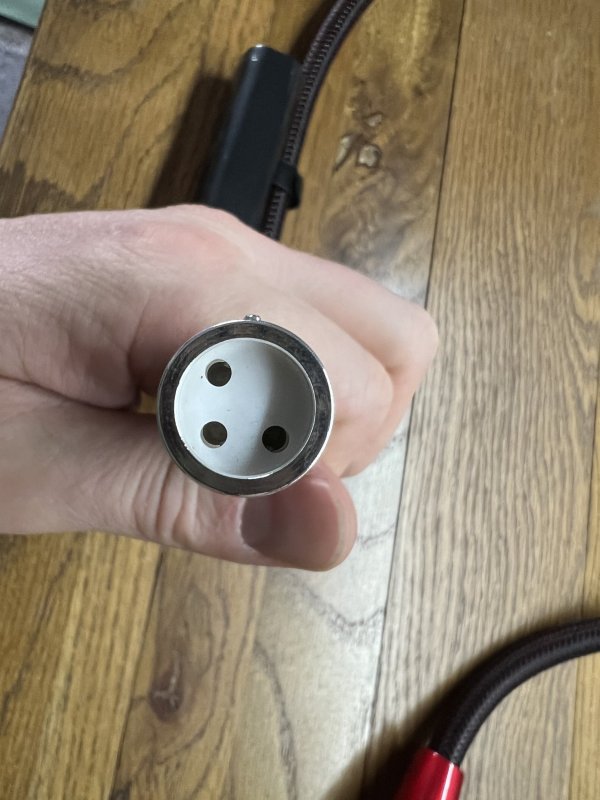
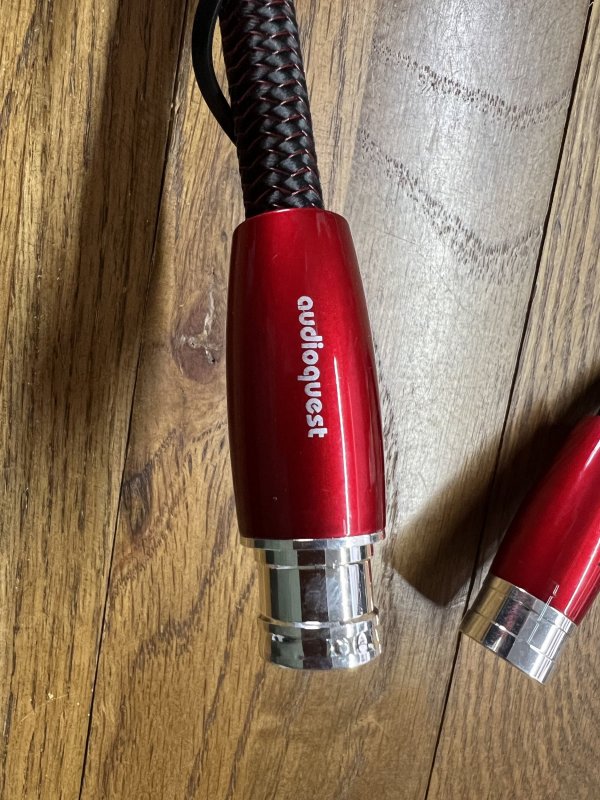
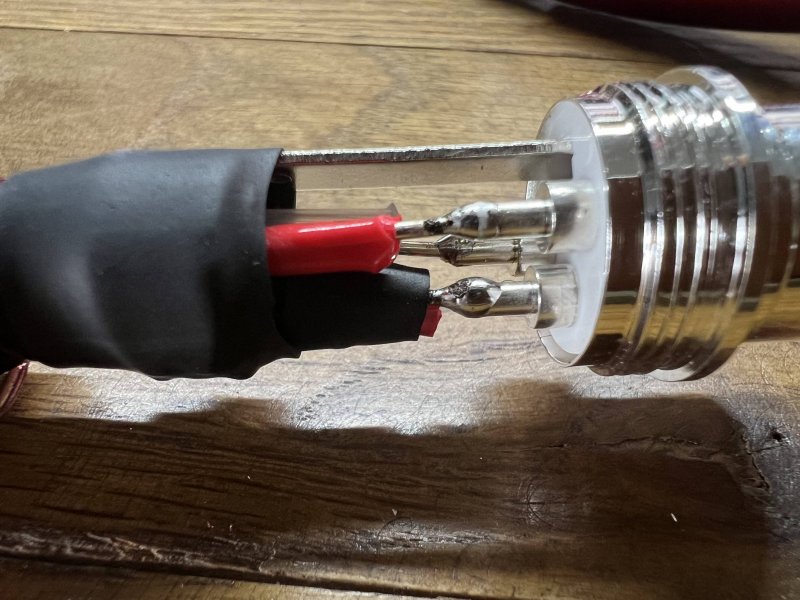
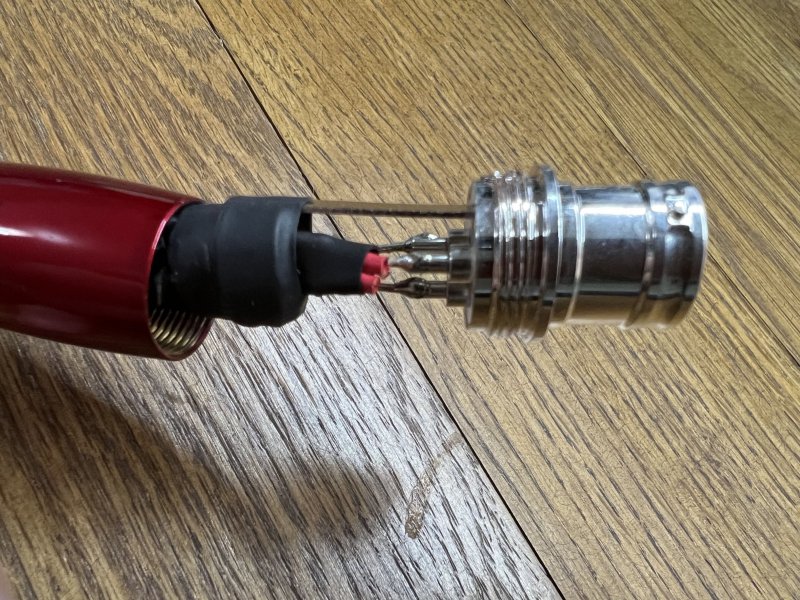
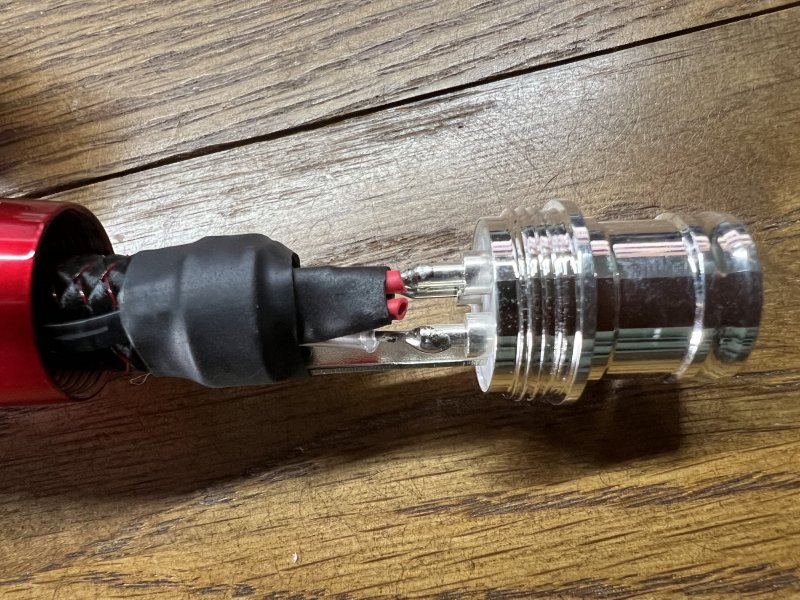
Good catch there Mark!...Pablo Reinoso is a famous artist. Perhaps another red flag.
...Pablo Reinoso is a famous artist. Perhaps another red flag.
right, those Chinese copies use low-quality/low purity copper and the sheath is made to look like the real thing; in some cases, like silver. I've bought a lot of these copies just to test. I cut those cables open and found out. They are selling rubbish - costs much less = great margin for them $$$! Always best to buy genuine.There ARE genuine great deals on used cables out there - I love the older series silver speaker cables. And even the ancient Sky is still a solid IC.
But those Chinese "copies" selling new for less that 10% or 5% of genuine MSRP - what on earth do people think they're getting? I really don't get why people buy those, with who knows what metals and insulators. I'd be real curious to cut some of those open - no way they ever use solid silver like many of these high-end models are supposed to feature (maybe silver plate at the most, or steel/aluminum/nickel alloys to look silver). But there's NO way I'm giving those guys cash to find out.
Always best to buy genuine.
Even AudioQuest can make mistakes. I ordered three balanced pair from the mythical creatures line from my authorized AQ dealer. One pair came with the arrows on both connectors pointing in.Of course on real AudioQuest cables the arrows would indeed indicate the correct orientation of the cables, whereas for fake Audioquest cables the arrows would only indicate correct orientation 50% of the time, or maybe none of the time. Since AudioQuest is one of very few companies that controls directionality during manufacture.
Same - in my history with their service (perhaps 20 times over 15 years), AQ has been exceptional. I've requested lots of re-terminations and even long run splits. And you're right, even the genuine articles can have variances or even mistakes. Which makes amateur guessing at authenticity - especially over bad photos - extremely difficult.Even AudioQuest can make mistakes. I ordered three balanced pair from the mythical creatures line from my authorized AQ dealer. One pair came with the arrows on both connectors pointing in.
I asked AQ to send me a correct connector, but they required I return the interconnect directly to them. They fixed it for free and paid the return shipping, so they did not identify it as counterfeit. It was their own work. On the bright side, the turnaround was about 8 or 9 calendar days. My experience (I’ve had them do other repairs and work on their interconnects several times) is that the time from arrival at their facility to the time of departure for the return has never been more than two days. Their assignment of a return authorization is generally within one day.
I placed a bid on a pair of AQ Fire 1m XLR cables, and ‘won’ the auction at a little over £200 (consider that the RRP is around £3200). When they arrived, the cables present quite well I thought, with what is quite possibly a genuine outer box, and they also have DBS modules with a light that illuminates on pressing the button. So far, so good. They also work, although I didn’t have a pair of genuine Fire cables to compare to (that would certainly have been a very interesting experiment!).
| Steve Williams Site Founder | Site Owner | Administrator | Ron Resnick Site Owner | Administrator | Julian (The Fixer) Website Build | Marketing Managersing |










